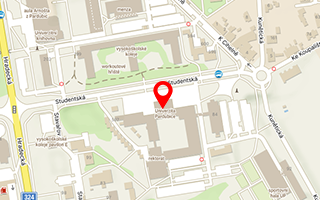Publikace detail
Možnosti řízení zatížení hnacího motoru
Autoři:
Koreisová Gabriela
Rok:
2007
Druh publikace:
ostatní - dizertace
Název nakladatele:
Univerzita Pardubice
Místo vydání:
Pardubice
Strana od-do:
nestránkováno
